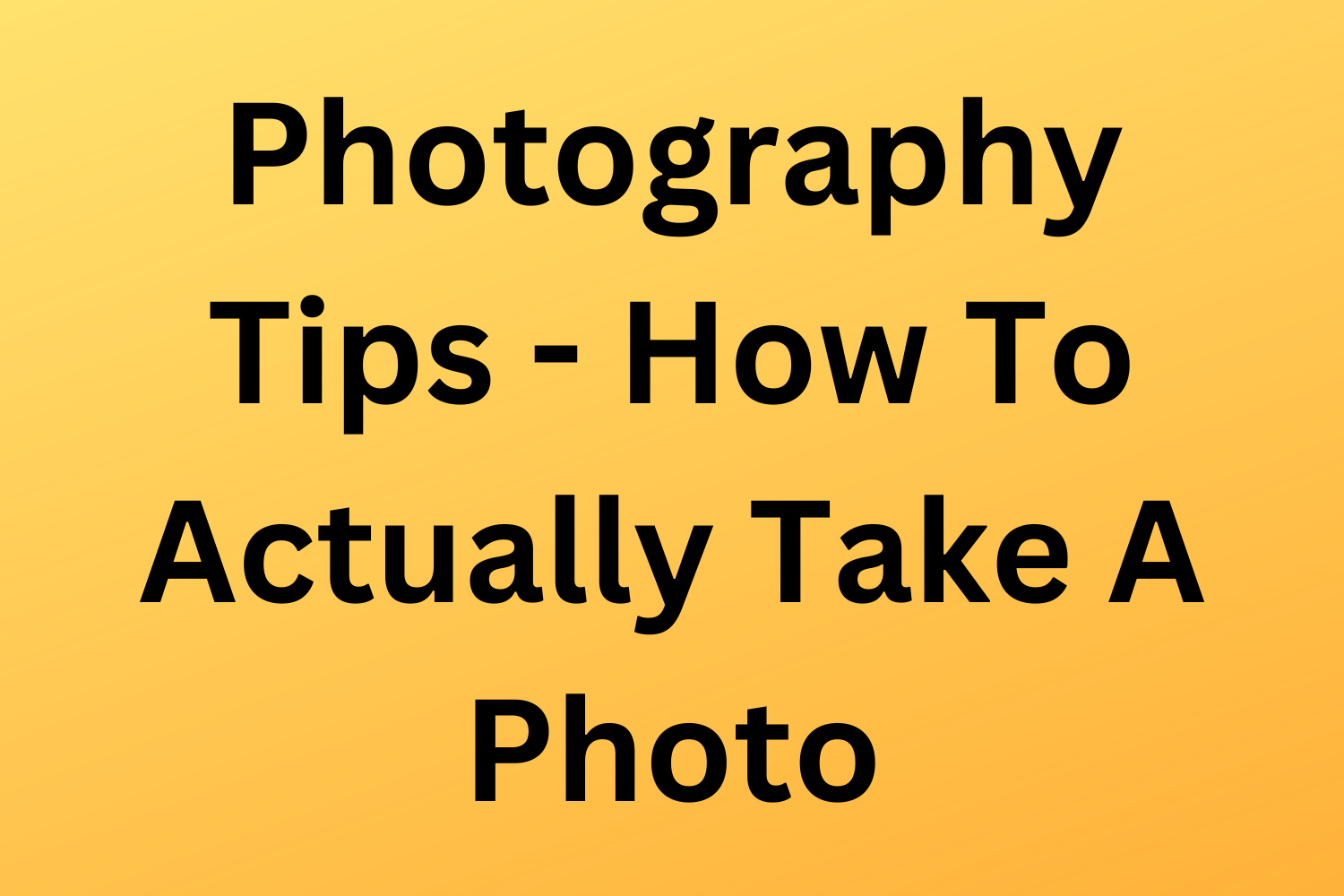
Photography Tips - How To Actually Take A Photo
This is how to take a photo
Choose your composition carefully
Check your camera settings
Decide where you are going to focus
Take a meter reading
If all is good, get yourself steady
Hold the camera correctly
Breathe in
Breathe out slowly
Gently roll your finger over the shutter button, focus, meter, and take the photo.
And relax!
Check what you have got.
And hopefully, move on!

Tips For How To Take Better Photos – Getting Started
Before you take a photo, be clear about what you are taking a photo of. Make sure that the camera settings are correct technically and that they are right for the subject. Think about what you are doing and make sure that you are in the best position for the photo that you are taking. Raise your camera to your eye, look carefully at what you can see in the viewfinder, and take one photo.
Stop and review what you have captured. Look at the photo critically. Ask yourself these questions.
Do you like the photo?
Is the composition pleasing?
Is the photo technically correct?
Can you take a better photo than this one?
Can you be bothered to spend ages editing the photo?
What do you not like about the photo?
And finally, why would anyone other than you be remotely interested in this photo?

How My Construction Product Photography Can Help You
So in this post, I will tell you how my experience in construction product photography can help you, and show you 12 examples of products that I have photographed on construction sites. It is my experience in both construction and photography that makes me uniquely qualified to get the product photos that you need taken on site quickly, efficiently, and professionally.
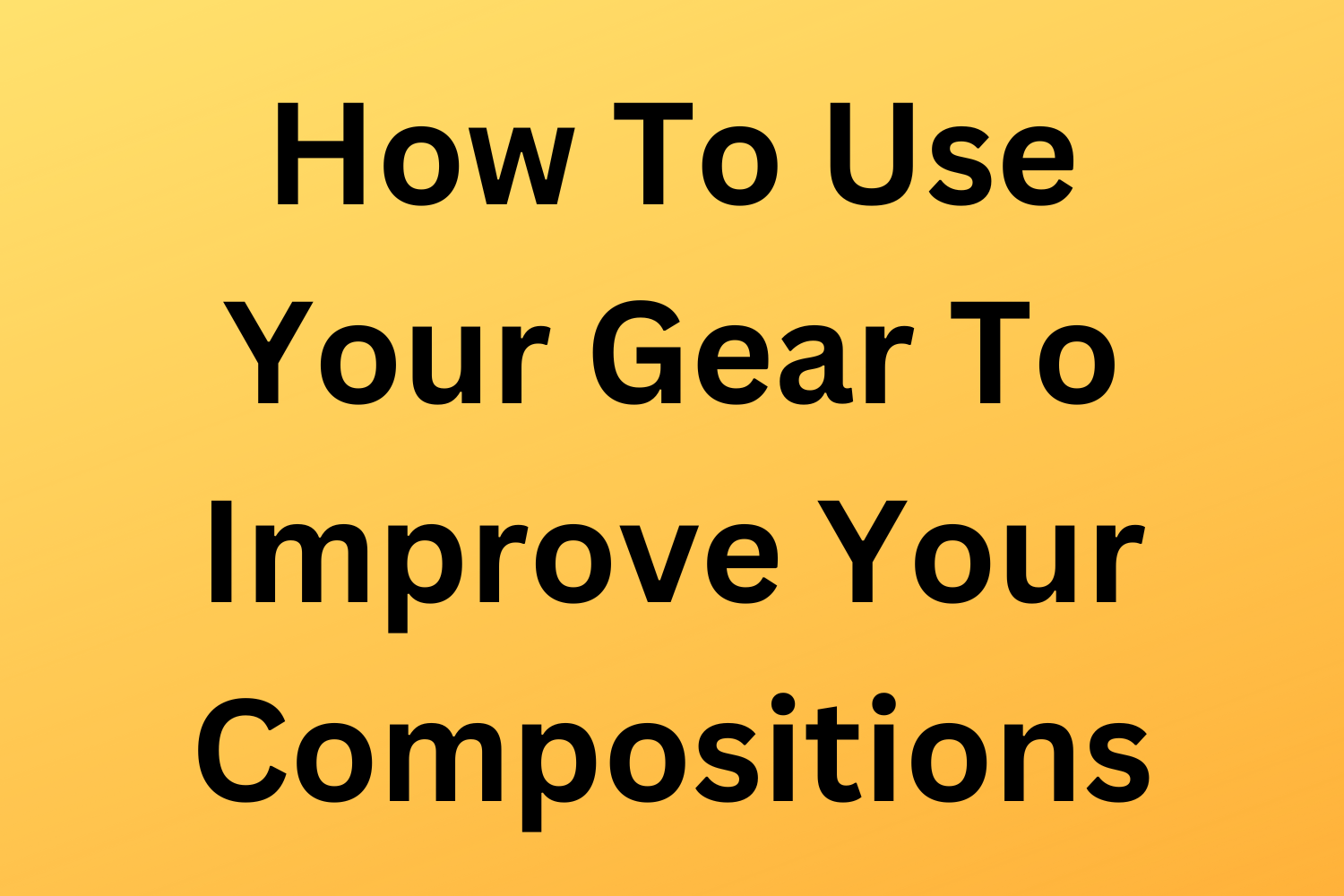
How To Use Your Gear To Improve Your Compositions
You can change your compositions by using different camera settings and gear in different ways. Camera bodies and lenses allow you to change what you can capture, and changing camera settings can change how you capture a composition.
So, if you were wondering why there are so many camera settings and so many different bits of gear, read on.

Photography Composition Tips and Techniques
You can change your compositions by using different camera settings and gear in different ways. Camera bodies and lenses allow you to change what you can capture, and changing camera settings can change how you capture a composition.
So, if you were wondering why there are so many camera settings and so many different bits of gear, read on.

What Are You Trying To Do With Your Photography?
What Are You Trying To Do With Your Photography? What are your hopes and dreams? Are you happy as you are taking photos with your phone? Or do you want to be a professional photographer and earn a full-time living from your photography? Those are the two ends of the scale; you and I are in there somewhere. We need to find out where you are and where you want to get to.
This is a great place to start and a great introduction to the series of episodes about how to take better photos. After all, you need to know where you are going so you know what you need to do. One of my favourite sayings is this - start with the end in mind.
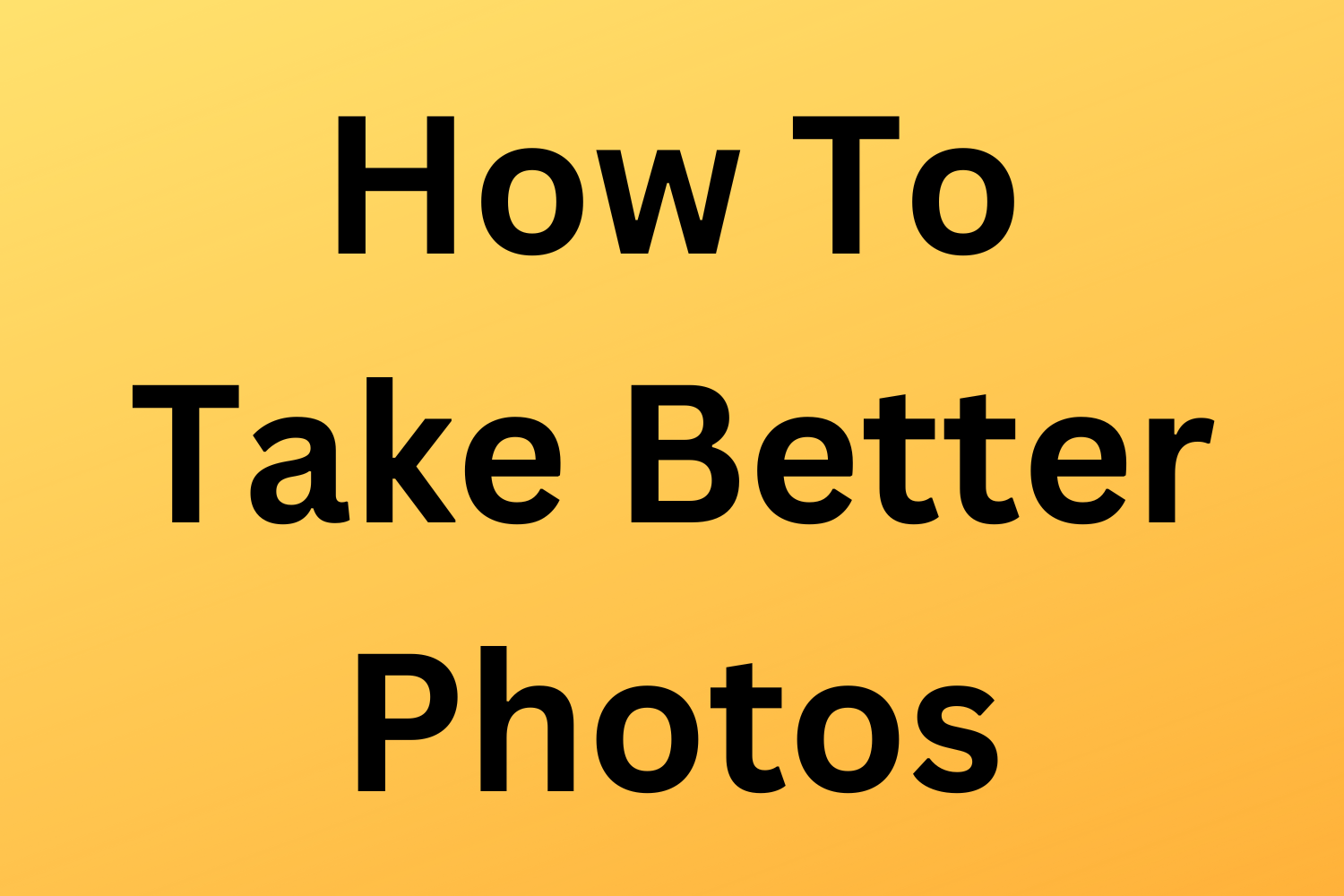
How To Take Better Photos - Part 1 - 11 Things For You To Do
Here are 11 things you can work on to help you take better photos, whatever your current level. And I include myself in this.
What are you trying to do with your photography?
Composition – what you put in your photos
How to take photos – getting started
Camera gear – what to buy and how to use it
Camera settings – how to get image capture bang on
Phone or camera? Which do you use?
Learn from your photos and other photographers
Image processing – the stuff you need to know
How to save time but improve your photography
Get out and practise more – but take less photos
Become excellent at one photography thing

The Future Of Photography – Making Sense Of It In 2024
To make sense of photography in 2024 and beyond, we must make things easier for people. Stupid terms do not help. But I need to get over this. So, in this episode, I propose some new terms as a way forward for photography. These are terms that make sense and will help people take photos.
After this, I will get back to the important part of photography – taking photos. Yes, taking better photos is what I care about most.

Stupid Photography Terms That Don't Make Sense Part 3
Stupid photography terms. Terms that don’t make sense. Terms that confuse. Terms that conflict. These are terms that have no place in photography in 2023.
Here are those last nine stupid terms.
And again, I will come up with a more sensible alternative for some of these.
Crop factor
Speedlite/ flashgun
Camera shake
Stop
F-stop
Fast lens
JPEG
RAW
I know - that is eight. I will explain later.

11 More Stupid Photography Terms That Don't Make Sense
OK – this is part 2, and I have decided to make this a three-parter. Well, there is a lot to cover here, so in this episode, I will cover the next 11, and then I will finish part three with the last ones and some more thoughts. So, strap yourselves in for part 2 of me sorting out the world of photography so it makes sense in 2024 and beyond!

31 (Stupid) Photography Terms That Don't Make Sense (Any More) (Part 1)
Photography has evolved a lot over the years to where we are today. Photography terminology has not. There are photography terms that simply are not relevant in 2023. Just think about someone getting started in photography in 2023 with a phone. Hold that thought – here are the terms that I am going to talk about.
And there were so many that this is part 1 - yes, there are far too many photography and technical terms that don't make sense any more for one episode! 31 of them. Blimey. That is a lot! And when I say don't make sense anymore, some terms need a serious upgrade, even if the term makes sense or has a historical logic to it.

How To Care For Your Photography Gear - This Is What I Do
My camera equipment is very important, so I take great care of it. I keep my gear clean, safely stored and always ready to go. I have a simple cleaning and maintenance regime using a small number of commonly available products. Digital cameras and their lenses are wonderful things, but they are expensive and very breakable if you do not look after them.
This is how I care for my photography gear, so listen on, and hopefully, you will learn something that will help you take care of your gear and keep it in good working order.

How I Use This Complicated Photography Stuff To Take Photos
I use all of these complicated things when I take photos – and in this episode, I will tell you how they help me.
Aperture
Shutter speed
ISO
Exposure triangle
White balance
Back-button focus
Self-timer
Depth of field
Exposure compensation
Auto exposure bracketing
RAW files
Memory cards
DSLR Camera
Wide angle lens
Lens Hood
Tripod
Tripod Head
Universal L Bracket
Grey Card
Camera batteries
Memory Cards

Do I Really Need A Camera In 2023? Or Will My Phone Do Instead?
I need a camera in 2023. I still prefer taking photos with my camera rather than my phone. My phone is used for snaps, behind-the-scenes stuff, videos, oh yes, and to make phone calls and do other stuff. Lots of other stuff, granted.
But for taking real photos, yes, I am using air quotes here; you cannot beat the experience of taking photos with a camera. And I cannot take the photos I need with my phone. I cannot get the quality of photos with my phone that I get with my camera.
So, I need a camera in 2023.
But do you need a camera in 2023? Let me know. And if your answer is no, then that is just fine. But let me know what you think. After you have listened to this episode, of course.

Understanding Histograms In Photography
A histogram is a graph that shows the range of tones in a photo from black to white. A histogram can help a photographer to get the correct exposure. A histogram shows the photographer if an image is underexposed or overexposed and if any data is lost in the shadows or highlights.

Why Is Sharpness In Photography So Important?
Sharpness in photography relates to how the detail within a composition is captured and conveyed. A photographer should aim to produce the sharpest image every time. Sharpness can be used creatively, with the subject sharp and other elements in the composition less sharp. Image capture technique, camera settings, gear, and image processing all influence the sharpness of a photograph.

My Guide To Understanding Depth Of Field In Photography
Depth of field is the amount of a photo that is acceptably sharp from front to back. Depth of field is determined by the aperture, focal length and the distance from where you are to your subject. The photographer can change the depth of field for technical or creative reasons.
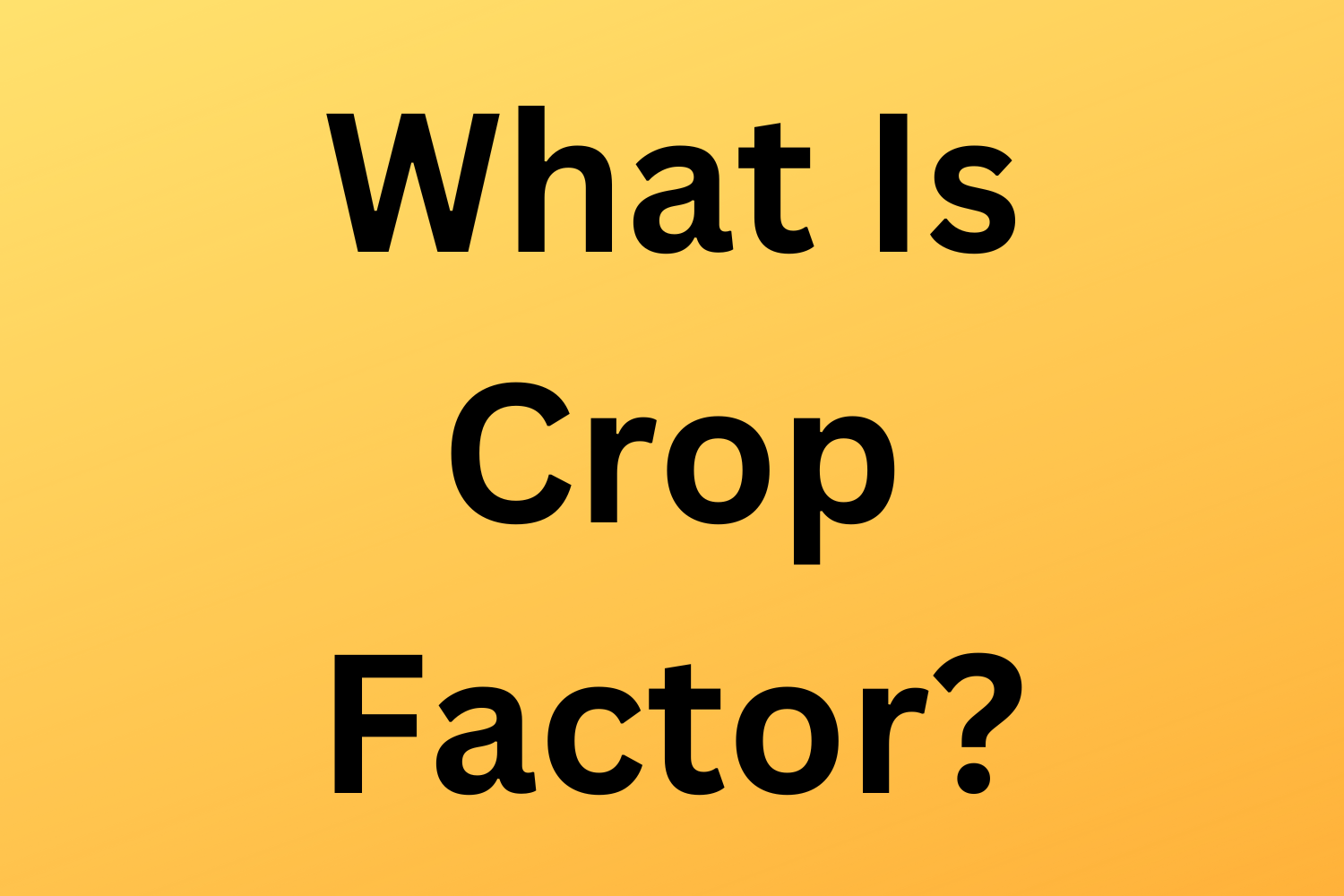
Photography Explained Podcast - What Is Crop Factor?
Crop factor is the number that is used to calculate the effective focal length when taking a photo with a cropped sensor camera or a micro four thirds camera.
A full-frame camera has a crop factor of 1 in theory, a cropped sensor camera has a crop factor of 1.5 - 1.6 and a micro four thirds camera has a crop factor of 2.
The crop factor converts the focal length stated on the lens to the effective focal length, for example
50mm on a full-frame camera is 50mm.
50mm on a cropped sensor camera is effectively 75-80mm.
50mm on a micro four thirds camera is effectively 100mm.
Basically, crop factors relate to the different sizes of digital camera sensors. The term crop factor is very important in photography, we really do need to understand this. This is about the physical size of the sensor, and how this affects the focal length selected and the effective focal length that you get.

What Is Auto Exposure Bracketing (AEB)?
Auto exposure bracketing is the process of taking multiple photos at the same time to capture a wider dynamic range, a wider range of lights and darks. More of what we can see with our eyes.
When using auto exposure bracketing the camera automatically takes three photos, one the correct exposure, one underexposed photo, and one overexposed photo. The amount of under and over-exposure is set by the photographer.
The camera changes the aperture or shutter speed for the under and overexposed photos, which is determined by the picture mode that is being used.
Auto exposure bracketing is also known as AEB and is defined as an advanced operation by Canon.
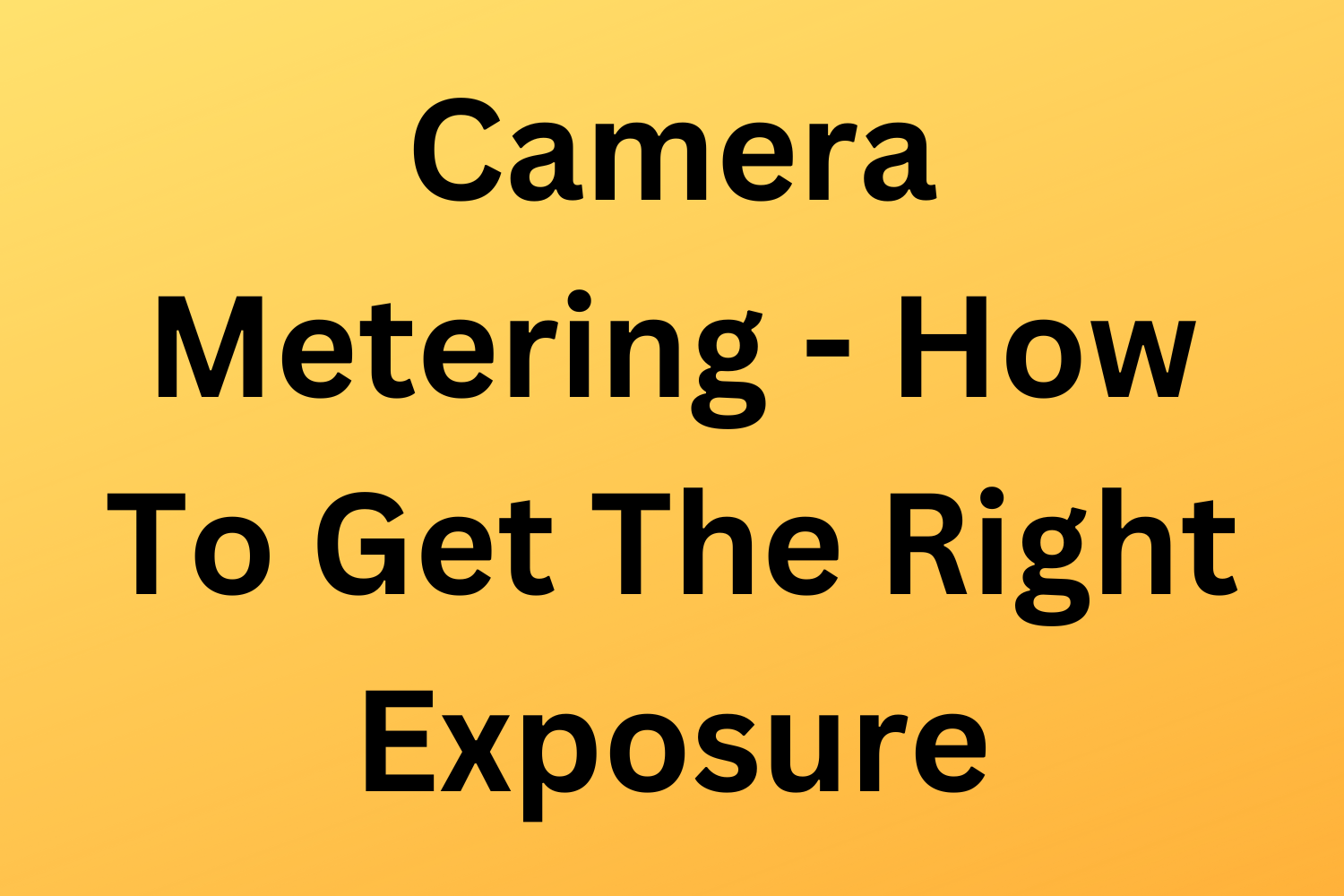
Camera Metering - How To Get The Right Exposure
When you take a photo, you press the shutter button. The camera takes a meter reading of the light before the shutter opens. The shutter then opens, exposing the camera sensor to light.
The amount of light that gets through to the camera lens is determined by the aperture selected and the amount of time that the shutter is open. The ISO determines how the camera processes the light that reaches the camera sensor.
Depending on which mode you are in, the camera selects the aperture, shutter and ISO to get the correct exposure having taken a meter reading. This is all done in the time between you pressing the shutter button and the photo being taken.